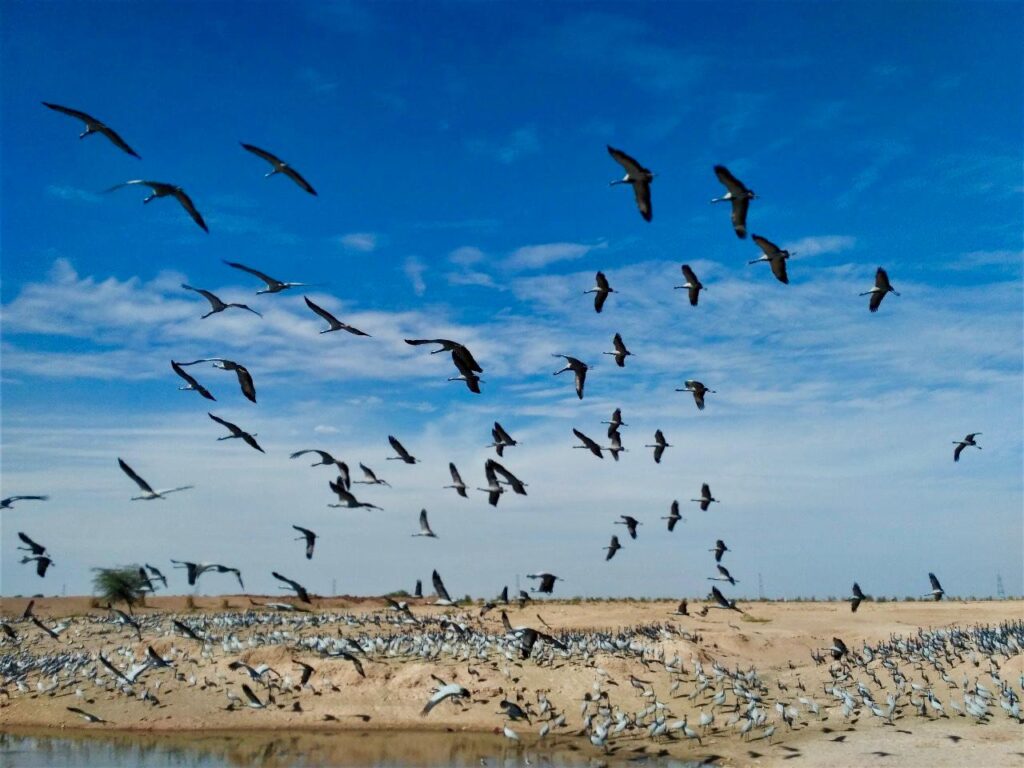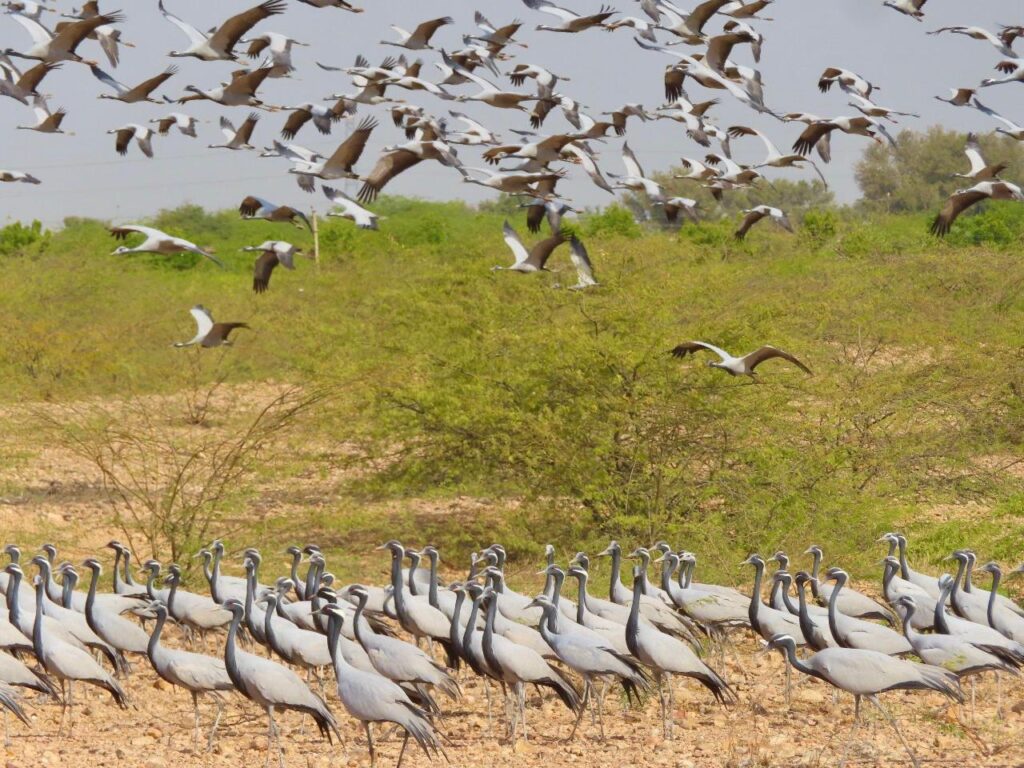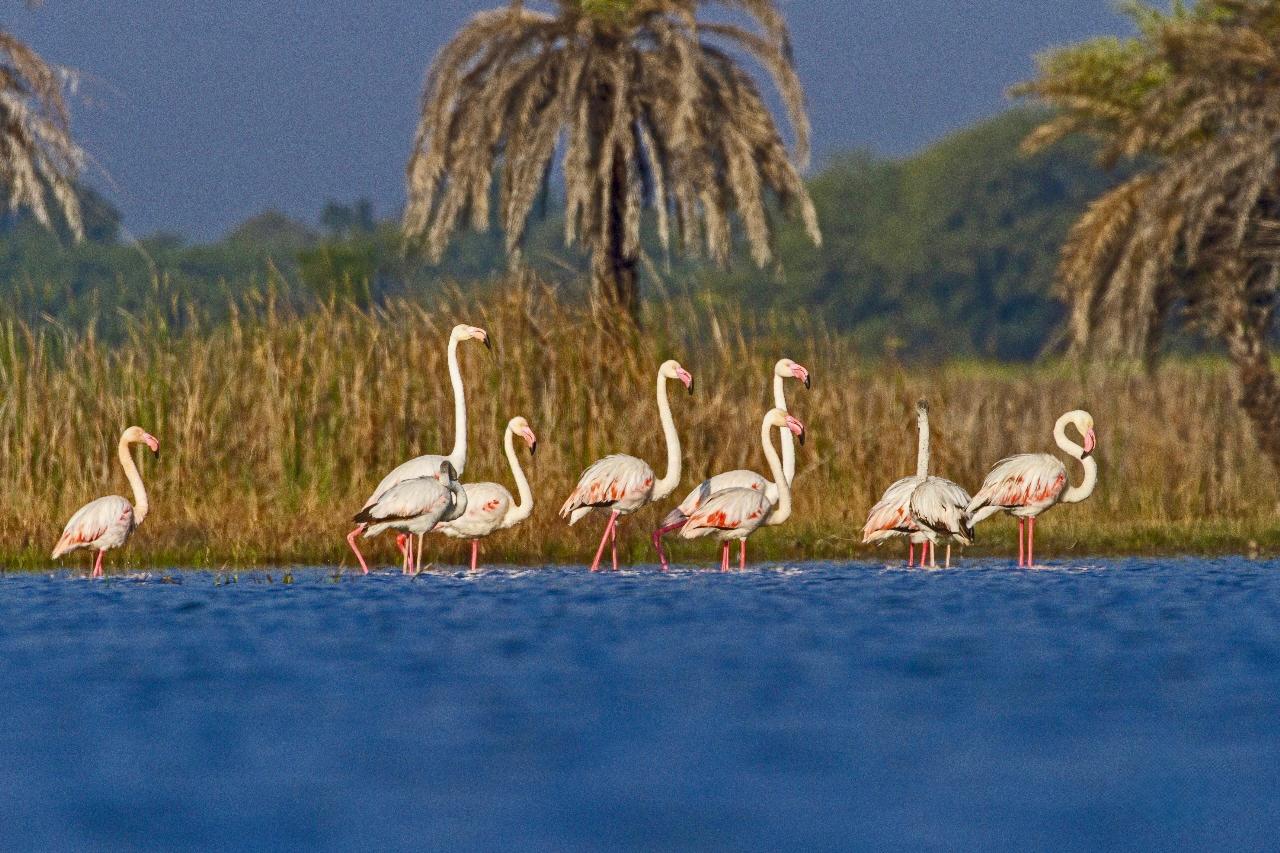June 05, 2025
On the eve of World Environment Day 2025, India marked a significant milestone in its environmental journey with the addition of two new wetlands—Khichan in Phalodi and Menar in Udaipur, both in Rajasthan to the prestigious list of Ramsar Sites. This recognition, announced by Union Minister of Environment, Forest and Climate Change, Bhupender Yadav, brings India’s tally of Wetlands of International Importance to 91, covering approximately 1,359,434 hectares. With this achievement, India solidifies its position as Asia’s leader in Ramsar Sites and the third globally, trailing only the United Kingdom (175 sites) and Mexico (142 sites). However, amid the celebrations, a growing chorus of voices on social media and among activists highlights a troubling contradiction: while India gains global recognition for wetland conservation, its forests face unprecedented destruction, raising questions about the sincerity of its environmental commitments.
The designation of Khichan and Menar as Ramsar Sites underscores their ecological significance. The Ramsar Convention, established in 1971, recognizes wetlands as critical ecosystems that support biodiversity, regulate water cycles, and sustain human life—often referred to as the “kidneys of the Earth.” India, a signatory since 1982, has steadily expanded its Ramsar network, with Tamil Nadu leading at 20 sites and Uttar Pradesh following with 10.
Khichan, located in Rajasthan’s Phalodi district, is a wintering haven for demoiselle cranes, attracting thousands of these migratory birds annually. Menar, nestled on the Udaipur-Chittorgarh road, supports over 150 bird species, earning its status as an Important Bird and Biodiversity Area (IBA) by BirdLife International in 2016. The Rajasthan government officially designated Menar as a wetland in 2023, a move that paved the way for its Ramsar recognition. Bhupender Yadav’s announcement on X, accompanied by striking images of flamingos, geese, and flocks of migratory birds, painted a vivid picture of the biodiversity these wetlands harbor. “This addition takes our tally to 91,” Yadav wrote, crediting Prime Minister Narendra Modi’s focus on environmental conservation for “helping India build a greener tomorrow.”



Yet, the celebratory mood was quickly tempered by critical voices highlighting a stark contrast in India’s environmental policy.
Dol Ka Badh, a 100-acre forest in Jaipur, is slated for clearance by the Rajasthan Industrial Development and Investment Corporation (RIICO) to make way for a FinTech Mall, hotels, and residential complexes. A 2021 tree survey by Down To Earth recorded 2,421 trees across 30 species, including the Khejri, Rajasthan’s state tree, alongside 85 bird species and medicinal plants. Environmentalists argue that its destruction will exacerbate Jaipur’s air quality crisis and destroy a vital biodiversity haven. Similarly, Shahbad Forest in Alwar faces the loss of 400,000 trees for a pumped hydro power project, while Girwa Forest in Udaipur is marked for “development,” threatening its leopards, birds, and ancient Banyan trees.
Greenwashing or Genuine Progress?
The term “greenwashing” has gained traction in India, especially after the Advertising Standards Council of India (ASCI) issued guidelines in January 2024 to curb deceptive environmental claims. As Riddhi Paritosh Vyas noted in a 2024 article for the National Law School of India University, greenwashing—where organizations exaggerate or falsify their environmental efforts—undermines genuine sustainability. India’s simultaneous celebration of Ramsar Sites and destruction of forests has led many to question whether the government’s actions align with its rhetoric.
While India’s journey toward sustainability is at a crossroads. The recognition of Khichan and Menar as Ramsar Sites is a testament to the country’s potential to lead in global conservation efforts. Wetlands play a crucial role in maintaining ecological balance, supporting migratory birds, and mitigating climate change. However, the loss of forests—critical carbon sinks and biodiversity hubs—threatens to undo these gains. The tension between development and conservation is not new, but the scale of deforestation in Rajasthan has sparked a movement, with hashtags like #SaveDolKaBadh, #LetJaipurBreatheMovement, and #ForestProtection on social media.
As India celebrates World Environment Day 2025, the government must address these contradictions. Activists are calling for stricter enforcement of environmental laws, greater transparency in development projects, and a re-evaluation of priorities that place short-term economic gains over long-term ecological health. The Ramsar designation elevates India’s global standing, but true progress will require protecting all ecosystems—wetlands and forests alike.



